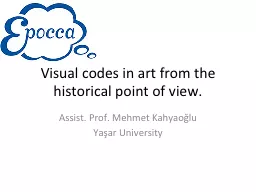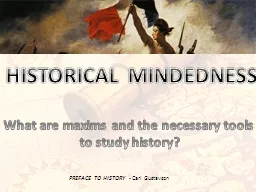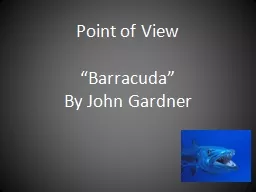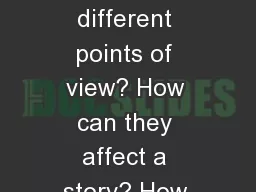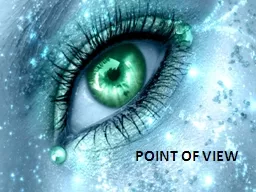PPT-Visual codes in art from the historical point of view
Author : danika-pritchard | Published Date : 2016-05-08
Assist Prof Mehmet Kahyaoğlu Yaşar University The Venus of Willendorf 28000 25000 BC Limestone painted in red 111 cm Naturhistorisches Museum Vienna Perforated
Presentation Embed Code
Download Presentation
Download Presentation The PPT/PDF document "Visual codes in art from the historical ..." is the property of its rightful owner. Permission is granted to download and print the materials on this website for personal, non-commercial use only, and to display it on your personal computer provided you do not modify the materials and that you retain all copyright notices contained in the materials. By downloading content from our website, you accept the terms of this agreement.
Visual codes in art from the historical point of view: Transcript
Download Rules Of Document
"Visual codes in art from the historical point of view"The content belongs to its owner. You may download and print it for personal use, without modification, and keep all copyright notices. By downloading, you agree to these terms.
Related Documents

